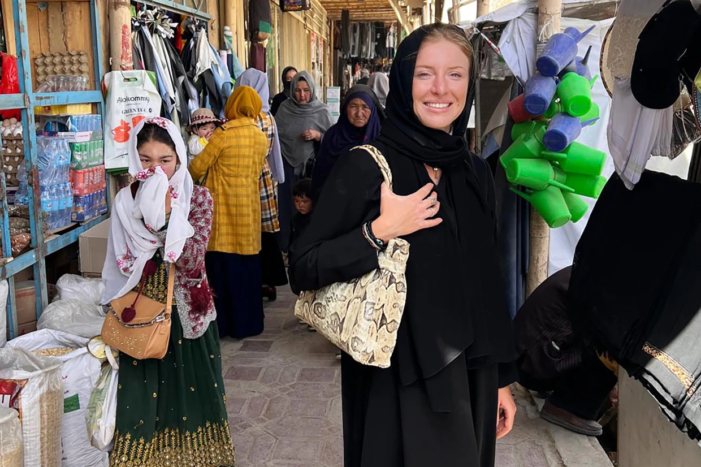A growing wave of travel influencers and vloggers is spotlighting Afghanistan as a destination, despite it being officially designated on Australia’s “do not travel” list. Their promotional content is drawing attention — and criticism — for potentially encouraging unsafe travel.
Official Warning vs. Social Media Glamour
Australia’s Department of Foreign Affairs and Trade (DFAT) currently advises against all travel to Afghanistan, citing risks including armed conflict, terrorism, kidnapping, and civil unrest. SBS Despite these warnings, influencers are posting visually striking travel content from the country — from footage of its rugged landscapes to interviews with locals — casting it in a light more akin to adventure tourism than conflict zone.
These creators often focus on the “hidden culture,” ancient architecture, and undisturbed mountain scenery, presenting Afghanistan as a kind of “uncharted gem.” But critics argue this narrative glosses over the severe dangers that remain.
Motivations and Risks
Some reasons driving the trend include:
-
Uniqueness & novelty: In the overcrowded travel content space, venturing into a country few visit presents the influencer as bold and original.
-
High engagement potential: The clash of “forbidden travel” with beautiful visuals can attract clicks, shares, and followers.
-
Narrative framing: Some influencers may argue they are “showing the real Afghanistan” — beyond headlines — and fostering cultural understanding.
However, the risks are serious:
-
Misleading audiences: Viewers might be tempted to emulate such trips without recognizing the true threats.
-
Liability & safety: Influencers themselves could face danger, with limited recourse for protection or rescue in unstable areas.
-
Ethical concerns: Promoting travel to high-risk zones raises questions about responsibility, especially when followers are unaware of the dangers.
Responses from Authorities and Observers
Security analysts and travel-risk experts warn that social media portrayal can underplay active threats like militant activity, weak infrastructure, and volatile political conditions. They emphasize the importance of relying on government travel advisories rather than social media inspiration when planning travel.
Some observers also call for greater accountability for platforms and creators, suggesting disclaimers or stricter policies for travel content relating to high-risk regions.
A Cautionary Balance
While travel storytelling can broaden perspectives and humanize places affected by conflict, there is a fine line between raising awareness and glamorizing danger. For most travelers — and certainly for governments issuing “do not travel” advisories — the message remains: admire from afar, not in person.
If you like, I can also draft a shorter version (e.g. for a newsletter) or one tailored for the Indian audience. Do you want me to do that?


You must be logged in to post a comment Login